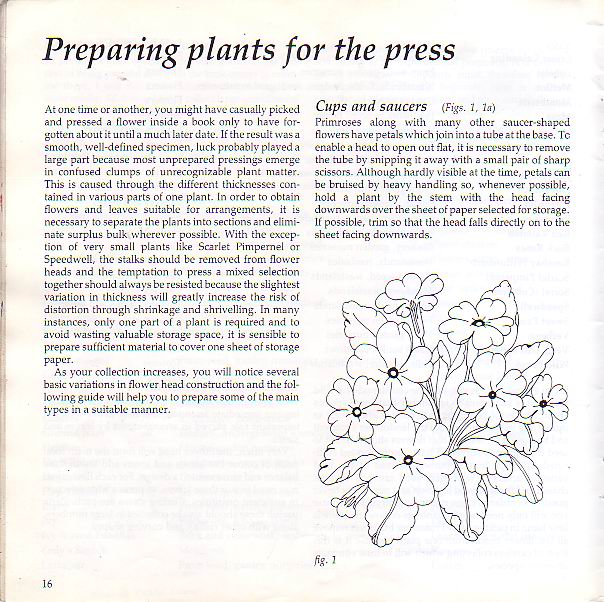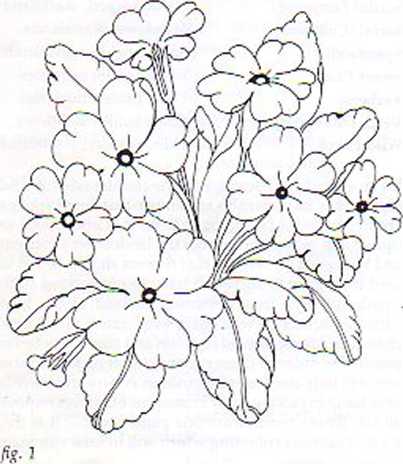749849337958684522

Preparing plants for the press
At one time or another. you might havc caSually pieked and pressed a flower inside a book only to have for-gutten about ii until a much iater datę. If the resuit was a smooth, well-defined specimen, luck probably played a
large part bccausc most unprepared pressings emerge in confused dumps ot unrecogni/able plant matter. This is caused through the different llucknesses eon-taineri in variou$ parts ot one plant. In order to obtain flowers and 3eaves suitable for arrangements, it is necessary to sępa ratę the plants into sections and elimi-nate surplus bulk \vherever possible. With the cxccp-tion ot very smali plants like Scarlec Pimpemel or Speedwell, tlie stalks should be rcmoved from flower heads and the temptation to press a mixed selection together should always be resisted because the slightest eariation in thickness will greally inerease the risk of distortion through shrinkage and shrivelling. En many instances, only one part of a plant is required and to avoid wasting yaluablc storage space, it is sensible to prepare sufficient materiał to cover one sheet of storage paper.
As your coliection inerease?, you will notice several basie yariations in flower head eonstruction and the fol-lowing guide will help you lo prepare some of the main types in a suitable manner.
Cups and saucers 7,U)
Primroses along with many other saucer-shapod flowers have petals which join intoa tubę a: the base. Tc enablc a head to open out fiat, it is necessary to remove the rube by snipping i: away with a smali pair of Sharp scissors. Alihoueh hardly visible at the time, petals can be bruised by heavy handling so, wheneeer possible, hołd a plant by the stem with the head fadng downwards over the sheet of paper selected for storage. 1( possible, trim so that the head falls directly on to the sheet fadng downwards.

16
Wyszukiwarka
Podobne podstrony:
owe a great deal to Prof. Taylor, at one time Secretary of the Society, with whose death in 1955 soi
Living in Japan, 7 Foreword The first step One time after an extended stay in Japan. I went back hom
20985 str (108) <M mesomorphic conditioNs I reciprocal of mobility, was at one time mi called pia
2 Twelve to fifteen are usually laid at one time on submerged objects, G. subsłriałus Steph. and G.
Histology Exam 3 Mock Practical You ve madę it, MSls! Prepare yourselves for The VERY LAST Histo Exa
58 (288) 3.3.8. Therapy for the extensor digiti minimi. Starting Position: P: Supine; arm flexed app
61 (266) 3.3.11. Therapy for the flexor carpi ulnaris. Starting Position: P: Supine; arm flexed appr
62 (264) 3.3.12. Therapy for the flexor carpi radialis. Starting Position: P: Supine; arm flexed app
79 (189) 5.2.3. Therapy for the lumbricales. Starting Position: P: Supine or sitting; elbow flexed a
2018 Welcome, Dawid Kujawski! You have successfully registered for the 2018 Reebok CrossFit Games Op
73emissions04 The Crankcase Ventilation System for the VW Station Wagon, Campmobile or Kombi is show
44071 oak sih 8 100 So; we may infer a sword carried in one way or another-on the right of the saddl
Untyped XML You may choose to storę any well-formed XML. One reason is that you might not have a sch
więcej podobnych podstron